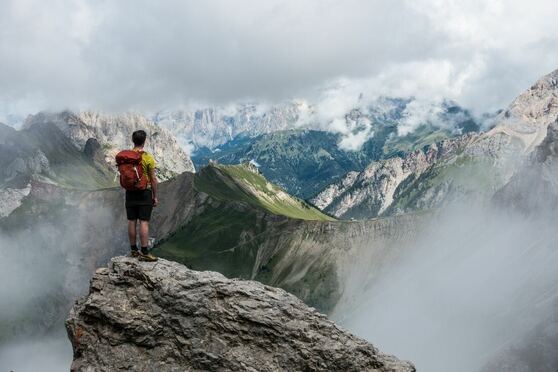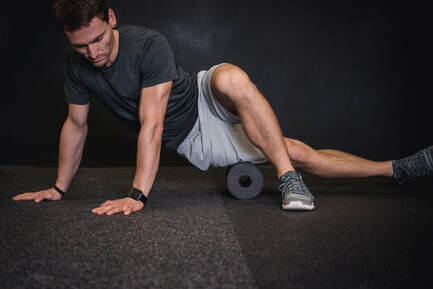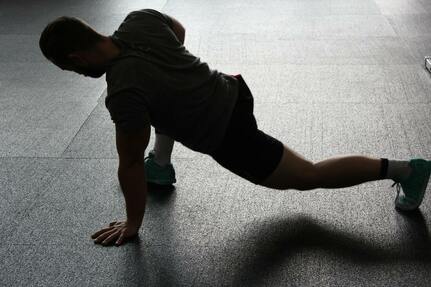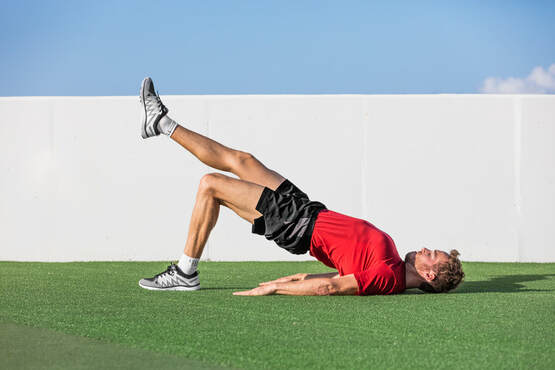|
When it come to Training For Hiking, following a structured warm up can be incredibly beneficial. If done correctly, it can significantly improve performance and reduce the likelihood of injury. But this goes beyond simply doing a bit of a walk to 'get the blood moving' and a couple of stretches... Like anything in the fitness world, a little bit of planning and a little bit of structure, can go an incredibly long way! When planning a warm up, there are there is a 3 step plan which I follow. Thisinvolves:
And of course, like anything in the fitness world, there is no one right way to do a warm up. But this structure has proved efficient, effective and practical time and time again with my trekkers and I would like to share it with you today. Here is how you do it: Step One: Self Myofascial ReleaseSelf-myofascial release (SMR) is a form of self-massage used to release tension from the fascia (a sheet of connective tissue) which surrounds the muscles. It commonly involves the use of foam rollers, balls, sticks etc on the body, to correct restrictions and 'break up knots' in the fascia and muscles. Benefits Self myofascial release can be effective to:
How To Do It
Common Mistakes
Example SMR Exercises For Trekkers Foam Rolling Quads Foam rolling is the most common form of SMR. Most gyms will have these and you can buy them at any sporting goods store. This is an example of how to use to foam roller to release the quads (which are usually particularly tight for trekkers). Glute Release With Tennis Ball Another common tool for SMR is the use of a ball. With these you can get a little bit more targeted and you can really seek out the particular 'trigger points'. This example is showing how to release the glutes and can be very effective for some people who suffer from back pain. Hip Release With Ball For many hikers and trekkers, the front of the hips are chronically tight. This is handy way to release them before a hike, using a ball. Trek tip: If you want to do SMR before a hike or while you are on a trek, using your water bottle or trekking pole can work just as well!
|
AuthorRowan is a personal trainer who specialises in training for hiking, trekkers and mountaineers for their bucket list adventures. Archives
July 2024
Categories
All
|
AboutSummit Strength is a personal training for hiking service created specifically to help hikers have the best chance of a safe, enjoyable and successful adventure.
|
Company |
Services |
|
|
© COPYRIGHT 2018. ALL RIGHTS RESERVED.
|
Website Design by My Personal Trainer Website
|





 RSS Feed
RSS Feed
